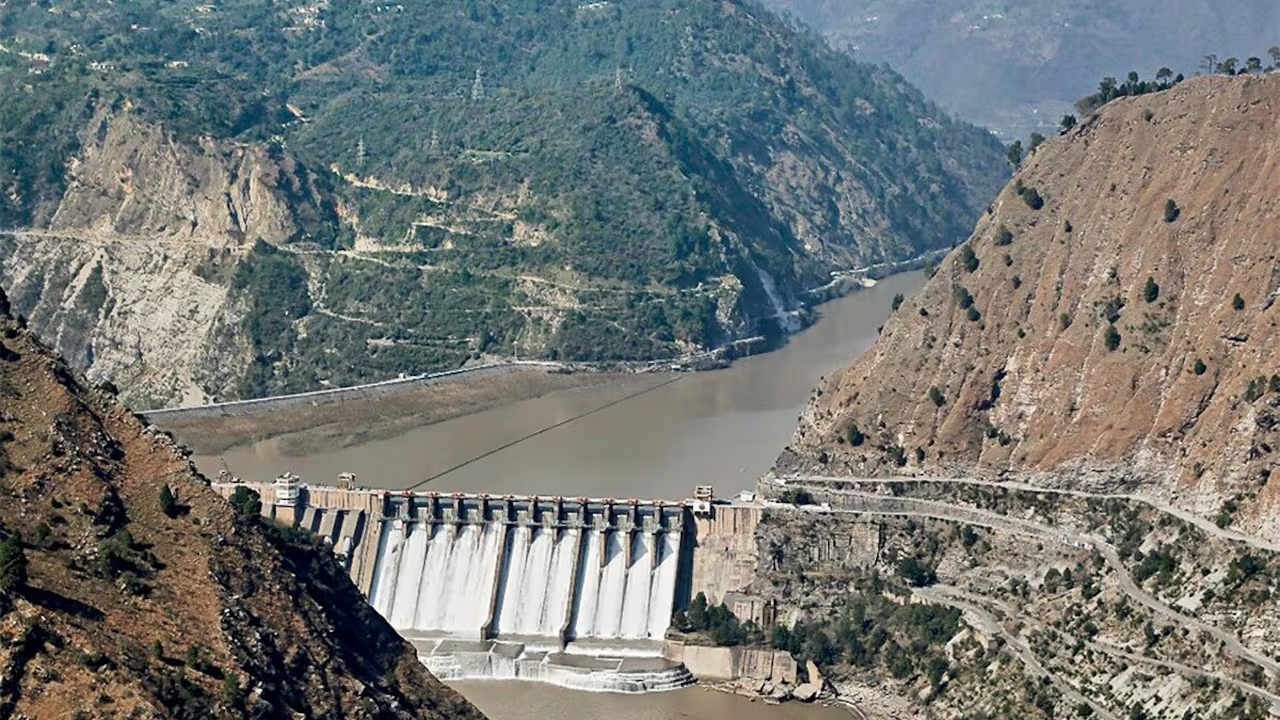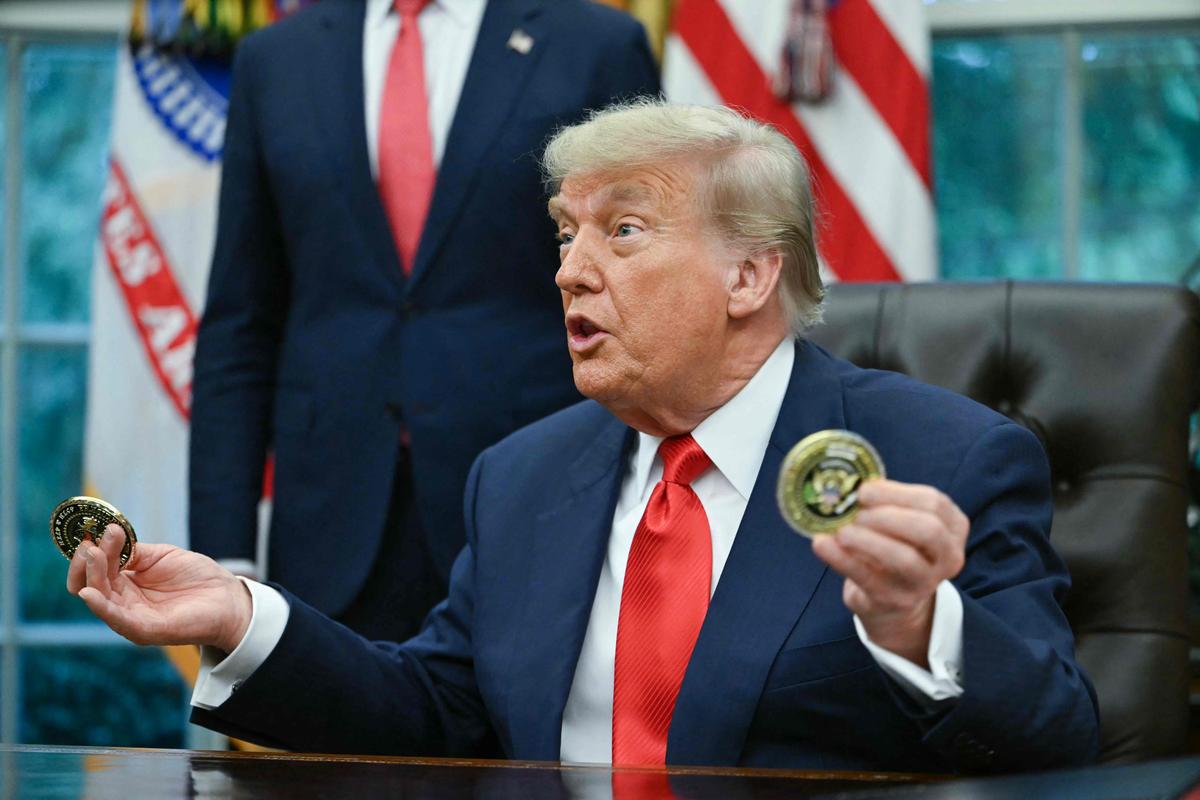- Courses
- GS Full Course 1 Year
- GS Full Course 2 Year
- GS Full Course 3 Year
- GS Full Course Till Selection
- Answer Alpha: Mains 2025 Mentorship
- MEP (Mains Enrichment Programme) Data, Facts
- Essay Target – 150+ Marks
- Online Program
- GS Recorded Course
- Polity
- Geography
- Economy
- Ancient, Medieval and Art & Culture AMAC
- Modern India, Post Independence & World History
- Environment
- Governance
- Science & Technology
- International Relations and Internal Security
- Disaster Management
- Ethics
- NCERT Current Affairs
- Indian Society and Social Issue
- NCERT- Science and Technology
- NCERT - Geography
- NCERT - Ancient History
- NCERT- World History
- NCERT Modern History
- CSAT
- 5 LAYERED ARJUNA Mentorship
- Public Administration Optional
- ABOUT US
- OUR TOPPERS
- TEST SERIES
- FREE STUDY MATERIAL
- VIDEOS
- CONTACT US
Ministry of Home Affairs (MHA) plan for the proposed national counter-terrorism policy
Ministry of Home Affairs (MHA) plan for the proposed national counter-terrorism policy
02-12-2024
- The Ministry of Home Affairs (MHA) is working on a national counter-terrorism policy aimed at strengthening anti-terrorism efforts across India’s states and Union Territories (UTs).
- In November 2024, The Anti-Terror Conference 2024 was organized by the National Investigation Agency (NIA) in New Delhi.
- The conference was aimed at providing a platform for operational forces, technical experts, and various agencies to discuss counter-terrorism challenges and national security threats.
What is the MHA’s Plan for the National Counter-Terrorism Policy?
The MHA's proposal for a national counter-terrorism policy includes the following key features:
- Uniform Anti-Terror Units: Every state and UT should have a specialized counter-terrorism unit with adequate strength, ensuring a coordinated and effective response to terrorist threats.
- Additional Specialized Units:
- Prison Monitoring Unit: To keep track of prisoners who may have terrorist links.
- Language Expert Unit: To assist in intelligence gathering, particularly in areas with diverse languages.
- Deradicalisation Unit: To focus on rehabilitating and deradicalizing individuals involved in terrorism.
- Financial Intelligence Unit: To monitor and counter financing of terrorism.
- Upgraded Weapons: States and UTs should equip their anti-terror units with weapons recommended by the National Security Guard (NSG), which is India's premier counter-terrorism force.
- Standardized Training: All counter-terror units should follow a standard training module set by the NSG to ensure uniformity in operational tactics and procedures.
Current Status of Anti-Terror Units in India:
According to sources in the security establishment, current status of anti-terror units across Indian states and UTs:
- 18 states/UTs already have specialized Anti-Terrorism Squads (ATS), Special Task Forces (STF), or counter-terrorism units/cells.
- 13 states/UTs have designated these units as official police stations.
- 80 to 650 is the range of sanctioned strength in these units, depending on the state.
- Only 6 states/UTs have Standard Operating Procedures (SOPs) for counter-terrorism operations.
- Just 6 states/UTs have designated courts specifically for terrorism-related cases.
Key Discussions at the Anti-Terror Conference 2024 (ATC)
At the ATC, the MHA discussed a model anti-terror structure that could be adopted by all states and UTs. The following points were considered:
- Leadership Structure:
- The proposed anti-terror units should be headed by an Inspector General (IG) or a senior officer of equivalent rank.
- Each unit should have at least two Deputy Inspectors General (DIGs) and four Superintendents of Police (SPs).
-
Work Distribution Among Officers:
- One SP should focus on intelligence gathering and operations.
- Another SP will be responsible for investigations and prosecutions.
- A third SP should handle administration and logistics.
- The fourth SP would focus on research, analysis, and training.
- Intelligence Coordination: There was a strong emphasis on improving intelligence processing and ensuring better coordination between Central and state agencies in counter-terrorism operations.
Terrorism-Related Incidents in India
- 70% Reduction in Terror-Related Incidents: Over the past 10 years, there has been a 70% reduction in terror-related incidents in India. This is attributed to joint efforts between state and central governments.
- Reduction in Violence: The coordinated efforts of both state and central governments have significantly controlled violence in key regions like Jammu and Kashmir, Naxal-affected areas, and northeastern states.
- NIA’s Use of UAPA: The Home Minister emphasized the National Investigation Agency’s (NIA) success in applying the Unlawful Activities (Prevention) Act (UAPA) in terrorism cases. Out of 632 registered cases, chargesheets were filed in 498, leading to a nearly 95% conviction rate.
Terrorism in Global Context and India
- No Universally Accepted Definition: There is no universally accepted legal definition of terrorism.
- Comprehensive Convention on International Terrorism (CCIT):
- Proposed by India in 1996 at the UN General Assembly.
- The CCIT aims to criminalize all forms of international terrorism, denying terrorists, their financiers, and supporters access to resources, arms, and safe havens.
- Definition of Terrorism in CCIT: Actions that cause death or serious injury, damage property (including public infrastructure), and intimidate populations or coerce governments and international organizations.
- UAPA Definition: Under the UAPA, a terrorist act threatens India’s unity, integrity, security, and economic stability and instills fear in people or specific segments of the population, both domestically and internationally.
Global Terrorism Index 2024 (GTI)
- Published By: Institute for Economics and Peace (IEP).
- India’s Rank: 14th in the GTI 2024, dropping one position from the previous year.
- India’s Progress: India ranks among the top ten countries with the largest decrease in terrorism-related deaths.
Factors Contributing to the Rise of Terrorism in India
- Communal Politics: Politicians often exploit religious and ethnic divisions, which create an environment ripe for radicalization and violence.
- Extremist Movements: Ideologically driven extremist groups, often based on political or religious beliefs, use violence to further their goals.
- Human Rights Abuses: State-sponsored human rights violations, such as excessive force or discrimination, fuel resentment and create conditions conducive to terrorism.
- High Youth Unemployment: Economic instability and high youth unemployment create vulnerabilities, making youth more susceptible to extremist ideologies.
- Poverty and Illiteracy: Lack of economic opportunities and education makes individuals more likely to fall prey to extremist propaganda.
Types of Terrorism
- Domestic Terrorism: Perpetrated within a country by groups or individuals targeting their own citizens or government.
- International Terrorism: Terrorism involving actors from different countries, often with cross-border involvement.
- State-Sponsored Terrorism: Governments that sponsor or condone terrorism to achieve political objectives.
- Left-Wing Terrorism: Violent actions carried out by groups with leftist ideologies, often focusing on social justice, anti-capitalism, and wealth redistribution.
- Religious Terrorism: Motivated by religious beliefs, aiming to impose ideologies or punish those who disagree.
- Ethno-Nationalist Terrorism: Terrorism driven by ethnic or nationalist groups seeking independence or autonomy (e.g., Tamil Tigers in Sri Lanka).
- Cyber Terrorism: Attacks on infrastructure or spreading fear through digital platforms.
- Lone Wolf Terrorism: Perpetrated by individuals acting independently, often self-radicalized.
India’s Stance on Terrorism
- Rejection of 'Good' and 'Bad' Terrorism: In 2022, at the 90th INTERPOL General Assembly, India rejected the narrative of ‘good terrorism’ and ‘bad terrorism’, stressing that all forms of terrorism are equally reprehensible.
- Terrorism vs Insurgency:
- Terrorism involves violence or threats aimed at intimidating a government or population, often targeting civilians.
- Insurgency refers to rebellion or armed conflict aimed at challenging or overthrowing an established authority, often involving armed forces.
Terrorist Financing and Methods
- Terrorist Financing: Refers to the provision of financial resources or support to terrorist activities.
- Methods of Financing: Includes illicit donations, money laundering, drug trafficking, and smuggling.
- Layering and Integration: Terrorists move funds through multiple accounts (layering) and integrate illicit funds into legitimate activities (integration).
Key Terrorism Incidents
- 9/11 Attacks (2001): Carried out by Al-Qaeda, killing nearly 3,000 people in the U.S.
- 26/11 Mumbai Attacks (2008): Lashkar-e-Taiba (LeT) militants coordinated attacks on various locations in Mumbai, killing 166 people.
- Nice Truck Attack (2016): A truck drove through crowds in Nice, France, killing 86 people.
- Beheading of Samuel Paty (2020): A French teacher was killed for showing caricatures of Prophet Muhammad, sparking debates on secularism and free speech.
Key Terror Organizations
- Al-Qaeda: Responsible for 9/11 attacks, motivated by an extremist interpretation of Sunni Islam.
- Lashkar-e-Taiba (LeT): Responsible for 26/11 attacks, aims to establish an Islamic state in Kashmir.
- Jaish-e-Mohammed (JeM): An extremist group based in Pakistan.
- Hizb-ut-Tahrir (HuT): Aims to establish a global Caliphate, overthrowing governments.
Key Features of the National Counter-Terrorism Policy
- Unified Strategy for Counter-Terrorism: Coordination between agencies like NIA, RAW, and NTRO to streamline operations and improve intelligence-sharing.
- Focus on Emerging Threats: The policy addresses cyber terrorism and misinformation as rising threats.
- Proposal for Anti-Terrorism Units: Introducing model Anti-Terrorism Squads (ATS) and Special Task Forces (STF) across states and union territories, with flexible SOPs for adaptation.
- Multi-Agency Centre (MAC): A real-time intelligence-sharing grid that involves agencies such as RAW, armed forces, and state police.
- State Rights: The new policy will not infringe on state autonomy, ensuring collaboration without compromising state rights.
Challenges in Combating Terrorism in India
- Organized Crime: Criminal networks play a significant role in financing terrorism, providing logistical support and laundering money.
- Technological Challenges: The use of encrypted apps, VPNs, and narco drones complicates intelligence gathering.
- Social Media: Terrorist groups use platforms for radicalization and recruitment, often targeting vulnerable youth.
India’s Initiatives to Combat Terrorism
- Zero Tolerance Policy: Strong stance against terrorism, with a focus on eradicating terror networks.
- Creation of NIA: Established in 2008, the National Investigation Agency is the central agency for counter-terrorism investigations.
- Expansion of UAPA: Powers to confiscate properties and designate individuals/organizations as terrorists.
- National Intelligence Grid (NATGRID): A centralized database for counter-terrorism.
- Standard Operating Procedures (SOPs): Developed under the Multi-Agency Centre (MAC) to address cyber threats, narco-terrorism, and emerging radical hotspots.
International Cooperation Against Terrorism
- UN Global Counter-Terrorism Strategy: Adopted in 2006, it aims to enhance global efforts against terrorism.
- SAARC Convention: Promotes regional cooperation among South Asian nations to combat terrorism.
- INTERPOL and FATF: Facilitate international police cooperation and work to counter terrorism financing.
- UNSC 1267 Committee: A global list for terrorists and terror groups.




